Mastering Dynamic Pricing in E-Commerce: Models, Technology, and Strategies for Success [2024]
Optimize pricing, boost profits, and stay competitive with smart e-commerce strategies and tools
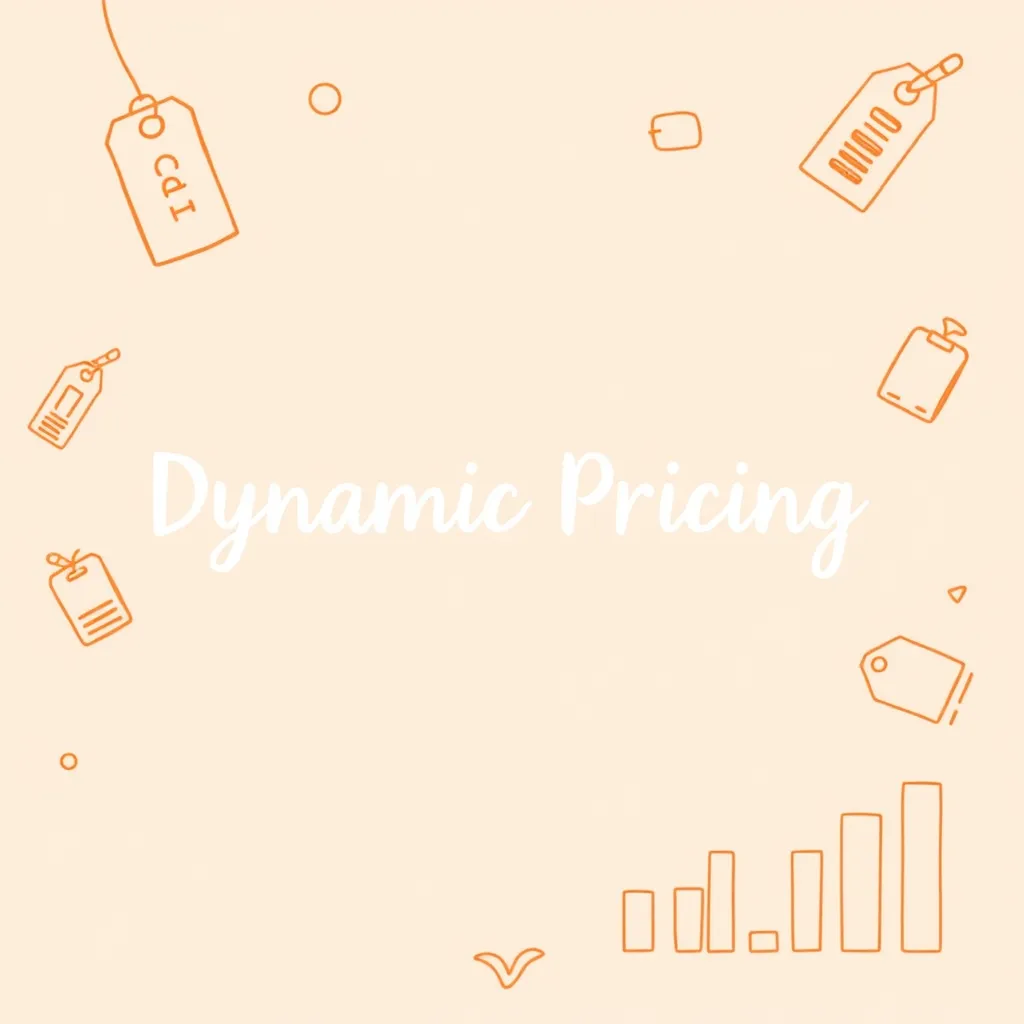
In the fast-paced world of e-commerce, staying competitive means staying adaptable. Dynamic pricing offers a way to adjust prices in real-time, responding to demand, competition, and inventory. With the right strategies and tools, businesses can increase profitability, improve efficiency, and meet customer expectations with precision. This guide explores the models, technologies, and actionable steps needed to implement dynamic pricing effectively and thrive in today’s market.
Table of Contents
- What is Dynamic Pricing?
- Dynamic Pricing Models
- Technology Behind Dynamic Pricing
- Strategies for Implementing Dynamic Pricing
- Challenges in Dynamic Pricing and How to Overcome Them
- The Role of OneCart in Dynamic Pricing
- Frequently Asked Questions (FAQs)
- Summary
What is Dynamic Pricing?
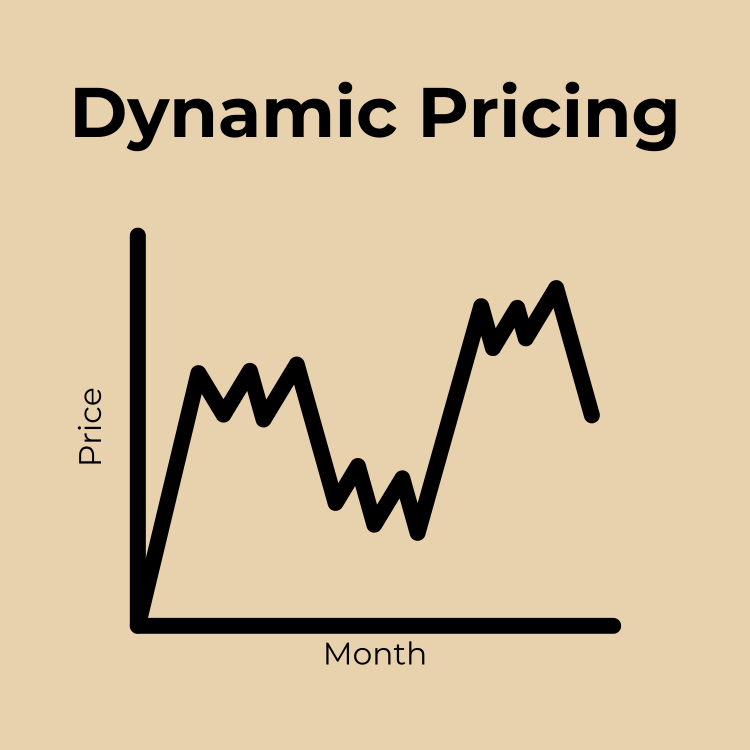
Dynamic pricing is a strategy where product prices are adjusted in real-time based on market demand, customer behavior, competitor pricing, and other factors. Unlike static pricing, where prices remain fixed, dynamic pricing allows businesses to respond to changes in the market swiftly, optimizing revenue and staying competitive.
For example, during peak shopping seasons like Black Friday, e-commerce platforms may use dynamic pricing to increase the price of high-demand products while offering discounts on slower-moving items. This approach ensures maximum profitability while keeping inventory moving efficiently.
Key Benefits of Dynamic Pricing
- Maximized Revenue: By adjusting prices based on demand and competition, businesses can capitalize on high-demand periods and boost sales during slower times.
- Improved Inventory Management: Dynamic pricing helps balance stock levels by encouraging purchases of overstocked items and controlling demand for limited products.
- Competitive Advantage: In a fast-paced market, being able to offer the right price at the right time helps businesses outpace competitors.
- Customer Segmentation Opportunities: Businesses can target different customer segments with tailored pricing, increasing conversion rates.
Dynamic pricing is particularly effective in industries with fluctuating demand or intense competition, such as travel, hospitality, and e-commerce. By leveraging the right technology, businesses can automate this process, making it seamless and data-driven.
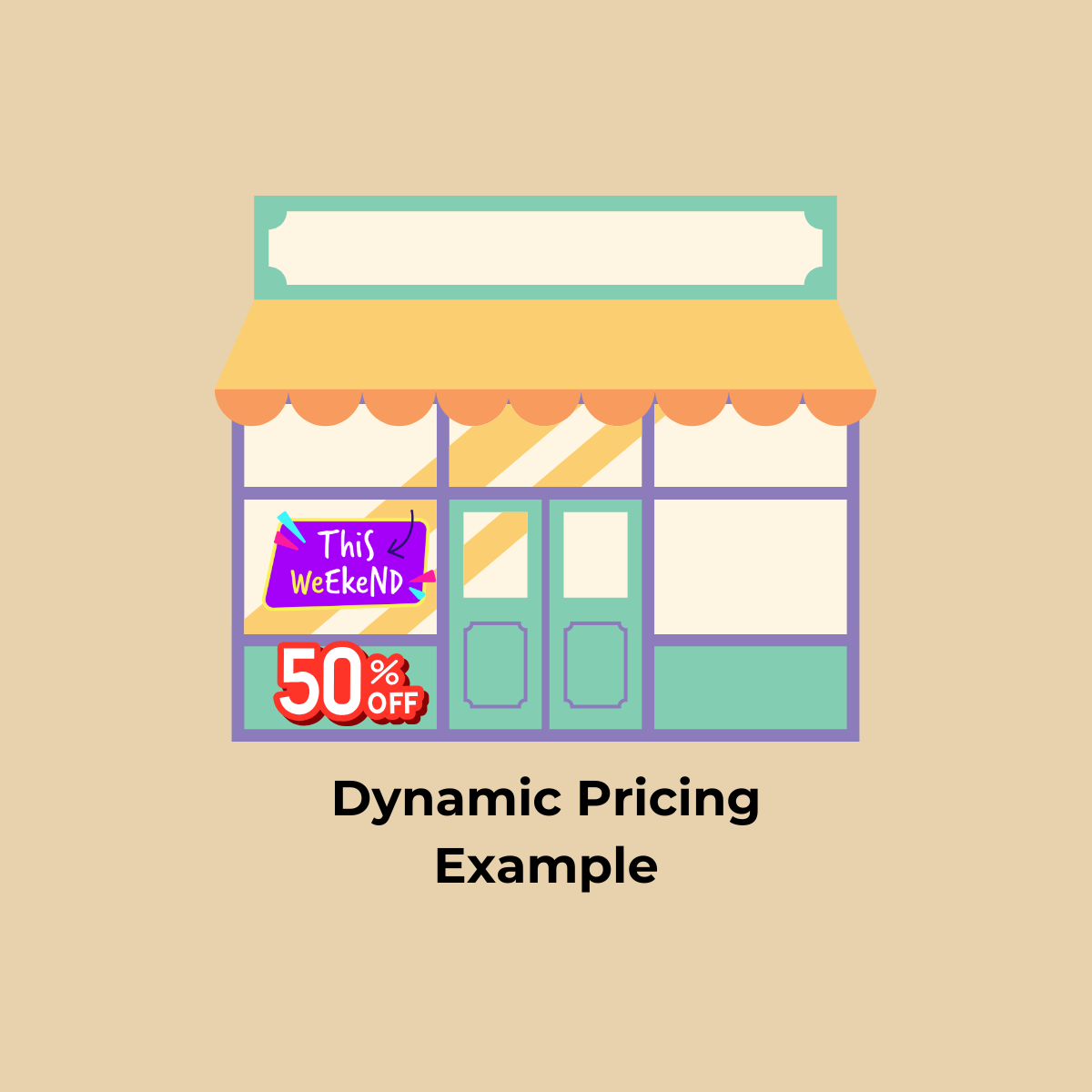
Why Dynamic Pricing Matters for E-Commerce
In the competitive landscape of e-commerce, dynamic pricing is a powerful tool for staying relevant. It allows online retailers to:
- React to market conditions in real time.
- Offer personalized prices based on customer behavior.
- Maintain pricing consistency across multiple sales channels.
Platforms like OneCart simplify the implementation of dynamic pricing by integrating with major marketplaces and automating inventory and pricing updates. This ensures that your pricing strategy aligns with stock levels and market trends, reducing the risk of stockouts and maximizing profitability.
Dynamic Pricing Models
Dynamic pricing isn’t a one-size-fits-all strategy. Different models cater to varying business goals and market conditions, enabling businesses to fine-tune their approach. Below are the most common dynamic pricing models:
1. Rule-Based Pricing
Rule-based pricing uses predefined rules to adjust prices based on specific conditions. For example:
- Applying discounts during off-peak seasons to boost sales.
- Increasing prices for limited-stock items during high demand.
Advantages:
- Simple to implement and understand.
- Provides predictable outcomes.
Example: An online retailer sets a rule to discount summer apparel by 20% starting September to clear inventory for the fall season.
2. AI-Driven Pricing
AI-driven pricing uses machine learning to analyze large datasets, such as market demand, competitor prices, and customer behavior, to make real-time pricing decisions. These systems learn over time, refining their pricing strategies to maximize profits.
Advantages:
- Provides highly accurate, data-driven price adjustments.
- Adapts quickly to market changes.
- Automates complex pricing strategies.
Example: A marketplace like Amazon adjusts prices for millions of products daily using AI, ensuring competitive pricing while maintaining profitability.
3. Market-Based Pricing
Market-based pricing adjusts prices based on competitor pricing trends. This model is particularly effective in industries with intense competition, where businesses must remain price-competitive to attract customers.
Advantages:
- Ensures competitiveness in crowded markets.
- Simple to monitor and adjust.
Example: A seller on Shopee tracks competitor prices for similar products and sets their prices slightly lower to attract budget-conscious customers.
4. Segmented Pricing
Segmented pricing, also known as price segmentation, involves setting different prices for the same product based on customer groups, regions, or purchase channels. This model allows businesses to target diverse customer segments effectively.
Advantages:
- Maximizes revenue from different customer groups.
- Tailors pricing to local purchasing power.
Example: A global e-commerce store charges higher prices in high-income countries compared to developing markets for the same product.
Comparing the Models
| Model | Key Features | Best For |
|---|---|---|
| Rule-Based Pricing | Predefined conditions, manual adjustments | Seasonal or predictable sales |
| AI-Driven Pricing | Real-time data analysis, automation | High-volume e-commerce |
| Market-Based Pricing | Competitor-focused adjustments | Competitive industries |
| Segmented Pricing | Customer or region-specific pricing | Global or diverse markets |
Dynamic Pricing with OneCart
OneCart makes implementing these pricing models seamless by integrating real-time data from multiple channels. For instance:
- Discounts can be synchronized across platforms like Shopify and Lazada.
- AI-driven models can adjust pricing dynamically while keeping inventory in sync to prevent overselling.
By choosing the right dynamic pricing model for your business, you can stay competitive, optimize revenue, and build stronger customer relationships.
Technology Behind Dynamic Pricing
Dynamic pricing relies heavily on advanced technology to monitor market trends, analyze customer behavior, and implement price adjustments in real time. Below are the key technologies that enable businesses to execute effective dynamic pricing strategies:
1. Big Data and Analytics
Big data is the foundation of dynamic pricing, providing insights into customer behavior, demand patterns, and competitor pricing. Advanced analytics tools process vast amounts of data to identify trends and predict future pricing opportunities.
Applications:
- Monitoring customer purchase history to tailor pricing strategies.
- Analyzing seasonal demand to adjust prices proactively.
Example: A retailer uses analytics to identify that certain products sell better during weekends and increases prices slightly on Fridays to maximize revenue.
2. Artificial Intelligence (AI) and Machine Learning
AI and machine learning are game-changers in dynamic pricing. These technologies use algorithms to analyze data and make pricing recommendations that maximize revenue while considering market conditions and customer behavior.
Features:
- Continuous learning: AI adapts to new data and refines pricing strategies over time.
- Real-time adjustments: Prices are updated dynamically based on live data inputs.
Example: An e-commerce platform uses machine learning to predict which products will trend next month and adjusts prices accordingly to capture early demand.
3. Price Optimization Software
Price optimization software combines big data, AI, and automation to streamline dynamic pricing. These tools allow businesses to:
- Set pricing rules based on pre-defined conditions.
- Adjust prices across multiple channels simultaneously.
- Monitor competitor pricing and respond in real-time.
Example: A tool like OneCart enables sellers to ensure pricing consistency across platforms like Shopify, Lazada, and TikTok Shop.
4. Inventory and Pricing Integration
Dynamic pricing becomes more powerful when integrated with inventory management systems. This ensures that price adjustments align with stock levels, preventing overselling or stockouts.
Features:
- Automated alerts when inventory levels run low.
- Real-time synchronization of prices and stock across multiple platforms.
Example: OneCart’s inventory sync feature ensures that products with low stock are marked with premium pricing, encouraging customers to act quickly while reducing the risk of stockouts.
5. Competitor Price Monitoring Tools
These tools track competitor pricing in real-time, providing insights to help businesses stay competitive. By leveraging these tools, businesses can:
- Adjust prices to match or undercut competitors.
- Identify gaps in competitor offerings and capitalize on them.
Example: A retailer selling electronics uses a competitor monitoring tool to identify underpriced products, allowing them to adjust prices and capture market share.
6. API Integration for Scalability
APIs allow dynamic pricing systems to integrate seamlessly with existing e-commerce platforms, CRMs, and inventory tools. This ensures:
- Scalable operations for growing businesses.
- Consistency across all sales channels.
Example: OneCart’s robust API enables businesses to connect dynamic pricing tools with their backend systems for seamless operation.
Benefits of Technology-Driven Dynamic Pricing
- Accuracy: Data-driven insights eliminate guesswork, ensuring prices are always competitive and profitable.
- Efficiency: Automation reduces the manual workload, allowing businesses to focus on strategic decision-making.
- Customer Retention: Personalized pricing enhances the shopping experience, fostering loyalty.
By leveraging these technologies, businesses can optimize their pricing strategies, enhance customer satisfaction, and maximize profitability. Tools like OneCart make it easy to implement these advanced systems, streamlining operations while keeping your business agile in a competitive market.
Strategies for Implementing Dynamic Pricing
Implementing dynamic pricing requires a strategic approach that aligns with your business goals and market dynamics. Below are actionable strategies to help you successfully deploy dynamic pricing in your e-commerce operations:
1. Set Clear Goals

Before implementing dynamic pricing, define your objectives. Are you looking to maximize revenue, clear out old inventory, or boost market share? Having clear goals will guide your pricing strategy and ensure consistent decision-making.
Examples:
- Revenue Optimization: Increase prices for high-demand products to maximize profit margins.
- Inventory Management: Discount slow-moving items to free up storage space.
- Customer Retention: Offer personalized discounts to loyal customers.
2. Analyze Competitor Pricing
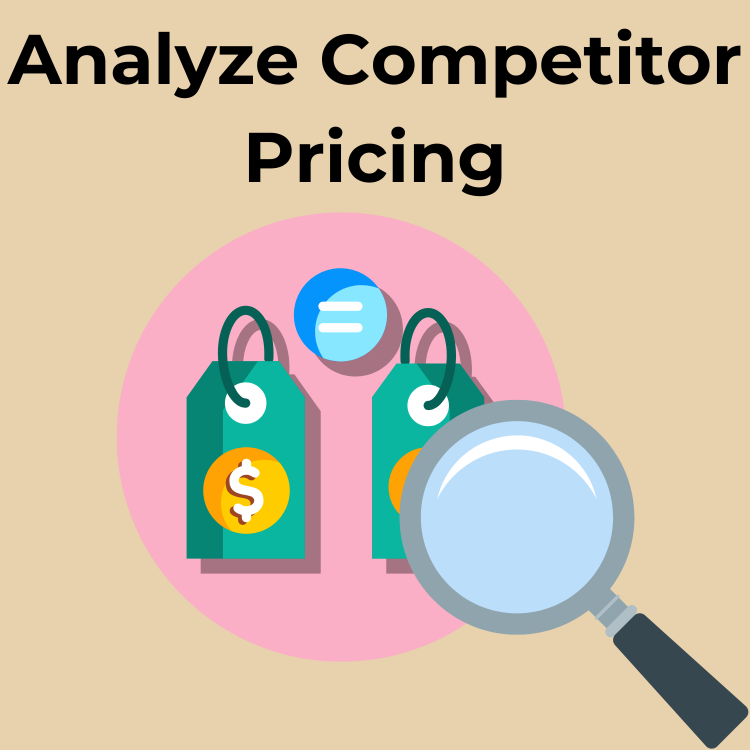
Monitor your competitors’ pricing strategies to stay competitive. Use pricing intelligence tools to track how competitors price similar products and adjust your prices accordingly.
Steps:
- Identify key competitors in your niche.
- Use competitor monitoring tools to track price changes.
- Adjust prices strategically to undercut competitors or highlight unique value.
Example: A retailer on Amazon adjusts prices to be 5% lower than the average competitor price for the same product category during peak shopping periods.
3. Leverage Customer Data
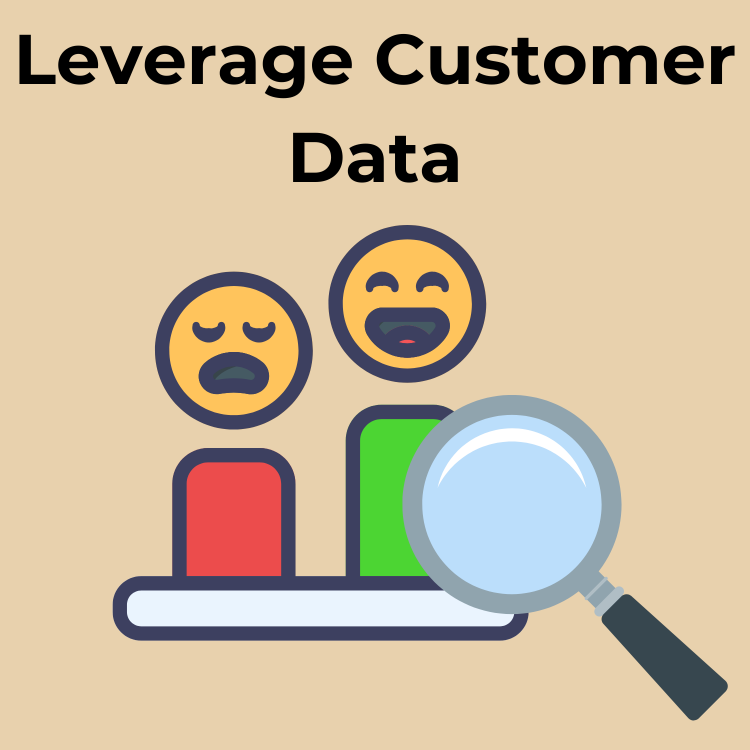
Dynamic pricing thrives on understanding your customers. Analyze data such as purchasing history, browsing behavior, and demographics to offer personalized pricing that resonates with different customer segments.
Applications:
- Target high-value customers with exclusive discounts.
- Identify price-sensitive customers and offer tailored promotions.
- Create time-limited offers to encourage impulse buying.
Example: An e-commerce store uses customer data to identify frequent buyers and offers them early access to sales with exclusive pricing.
4. Segment Your Market
Different customer groups have varying levels of price sensitivity. Use market segmentation to create tailored pricing strategies that maximize conversions across diverse customer bases.
Steps:
- Divide your market into segments based on factors like location, income, and purchase behavior.
- Set different pricing tiers for each segment.
- Use tools like OneCart to apply segmented pricing across multiple sales channels.
Example: A global e-commerce business charges higher prices in high-income regions while offering discounts in price-sensitive markets.
5. Implement Real-Time Adjustments
Use real-time data to adjust prices dynamically based on demand, competitor activity, and inventory levels. Automate this process with pricing tools to ensure consistent and timely updates.
Benefits:
- Capitalize on demand surges immediately.
- Avoid stockouts by increasing prices for low-stock items.
- Stay ahead of competitors by reacting to market changes in real-time.
Example: During a holiday shopping event, an online retailer increases prices for trending products by 10% as demand peaks.
6. Test and Optimize Your Pricing Strategy

A/B testing is crucial to understand what pricing strategies work best. Experiment with different price points, discounts, and time frames to find the most effective approach for your business.
Steps:
- Test different price points for the same product in similar markets.
- Measure key metrics like conversion rates, average order value, and revenue.
- Adjust your strategy based on results.
Example: A clothing retailer tests two discount levels (10% and 20%) to see which drives more conversions without significantly impacting profit margins.
7. Ensure Transparency
Dynamic pricing can sometimes lead to customer skepticism. To maintain trust, ensure your pricing changes are transparent and justified.
Best Practices:
- Clearly communicate time-limited offers and price changes.
- Avoid frequent or extreme price fluctuations that may frustrate customers.
- Highlight value-added benefits like free shipping or extended warranties to justify premium pricing.
Example: An online electronics store provides a countdown timer for promotional pricing, clearly indicating when the offer ends.
8. Utilize Centralized Tools
Managing dynamic pricing across multiple channels can be challenging. Tools like OneCart simplify the process by automating price updates, syncing inventory, and providing real-time analytics.
Features of OneCart:
- Centralized pricing management for platforms like Shopify, Lazada, and TikTok Shop.
- Detailed sales reports to evaluate pricing performance.
Challenges in Dynamic Pricing and How to Overcome Them
While dynamic pricing offers significant advantages, implementing it comes with its own set of challenges. Businesses must address these obstacles effectively to harness the full potential of this pricing strategy. Below are the common challenges and actionable solutions to overcome them:
1. Risk of Alienating Customers
Frequent or unpredictable price changes can frustrate customers, leading to a loss of trust and loyalty.
Solution:
- Be transparent about your pricing strategy. Clearly communicate the reasons for price fluctuations, such as promotions or demand surges.
- Implement gradual price adjustments rather than sudden spikes to avoid customer dissatisfaction.
- Use personalized discounts to soften the impact of dynamic pricing changes for loyal customers.
Example: An online retailer adds a “limited-time offer” tag to dynamic price changes, creating a sense of urgency while ensuring transparency.
2. Maintaining Pricing Consistency Across Channels
Managing consistent pricing across multiple platforms like Shopify, Lazada, and Amazon can be complex and lead to discrepancies.
Solution:
- Use centralized tools like OneCart to synchronize pricing across all sales channels in real-time.
- Automate price updates to ensure accuracy and consistency.
- Set rules for channel-specific pricing to account for platform fees or commission structures.
Example: OneCart has the ability to adjust prices across all sales channels under one single platform.
3. Balancing Competitive and Profitable Pricing
Lowering prices to compete can erode profit margins, while raising them too high can deter customers.
Solution:
- Monitor competitors’ pricing using real-time tools, but focus on offering unique value propositions instead of solely competing on price.
- Use AI-driven pricing models to find the sweet spot between competitiveness and profitability.
- Bundle products or offer value-added services to justify premium pricing.
Example: A retailer bundles complementary products (e.g., a camera with a tripod) at a slight discount, making the overall offer more attractive without lowering individual product prices.
4. Complexity of Managing Inventory
Dynamic pricing can inadvertently lead to inventory mismanagement, such as overselling or stockouts.
Solution:
- Integrate dynamic pricing with inventory management systems to align pricing with stock levels.
- Set safety stock levels and use automated alerts to adjust pricing for low-stock items.
- Implement rules to increase prices for high-demand, low-stock products to manage inventory efficiently.
Example: A fashion retailer raises the price of a popular dress when stock levels drop below 10 units, encouraging customers to purchase quickly while preventing overselling.
5. Customer Perception of Unfair Pricing
Dynamic pricing can sometimes be perceived as unfair, especially when customers notice price discrepancies for the same product within a short time.
Solution:
- Use dynamic pricing to benefit customers as well, such as offering discounts during off-peak times.
- Clearly explain factors influencing price changes, such as demand, inventory, or market conditions.
- Avoid excessive price fluctuations that could be viewed as exploitative.
Example: A ride-sharing app shows a message explaining increased fares during peak hours due to high demand, helping customers understand the rationale behind the price surge.
6. Technological Limitations
Implementing dynamic pricing requires robust technological infrastructure, which can be challenging for small businesses with limited resources.
Solution:
- Start with scalable and user-friendly tools like OneCart, which integrate dynamic pricing with inventory and order management.
- Leverage free trials or tiered pricing plans offered by software providers to minimize initial investment.
- Train your team to use pricing tools effectively to maximize their benefits.
Example: A small e-commerce business uses OneCart’s centralized dashboard to automate dynamic pricing without needing extensive technical expertise.
7. Data Overload
Managing and analyzing the vast amount of data required for dynamic pricing can be overwhelming.
Solution:
- Use AI-driven tools to analyze customer behavior, competitor trends, and demand patterns efficiently.
- Focus on key metrics like conversion rates, inventory turnover, and revenue growth to prioritize pricing decisions.
- Automate repetitive tasks like data collection and reporting.
Example: A marketplace seller uses OneCart’s analytics to identify slow-moving products and applies discounts automatically to boost sales.
8. Regulatory Concerns
Certain regions or industries may have regulations restricting frequent price changes or price discrimination.
Solution:
- Stay updated on local pricing laws and regulations.
- Implement dynamic pricing within ethical boundaries, ensuring compliance with rules on fairness and transparency.
- Work with legal advisors to develop a compliant pricing strategy.
Example: An international retailer adapts its pricing model for European markets to comply with consumer protection laws while maintaining flexibility in other regions.
The Role of OneCart in Dynamic Pricing
Dynamic pricing requires precision, speed, and alignment across multiple sales channels. OneCart, a multichannel e-commerce management tool, simplifies the complexities of dynamic pricing by integrating inventory, order processing, and pricing strategies into a single platform. Here’s how OneCart can support and enhance your dynamic pricing efforts:
1. Real-Time Inventory Synchronization
OneCart ensures that inventory levels are updated across all connected platforms in real-time. This integration is critical for dynamic pricing as it allows businesses to adjust prices based on stock availability and demand.
Benefits:
- Increase prices for low-stock items to prevent stockouts.
- Enable discounts for overstocked items to encourage faster sales.
Example: A business selling on Lazada and Shopify uses OneCart to synchronize inventory data, ensuring that price changes based on stock levels are reflected instantly across both platforms.
2. Centralized Pricing Management
Managing dynamic pricing across multiple platforms can be challenging. OneCart simplifies this by allowing businesses to control pricing rules and updates from a single dashboard.
Benefits:
- Consistent pricing across channels like Shopee, TikTok Shop, and Magento.
- Easy application of rule-based or AI-driven pricing models.
Example: A retailer adjusts holiday discounts centrally through OneCart, ensuring all connected platforms reflect the changes simultaneously.
3. Pricing Adjustments
With OneCart, businesses can adjust pricing based on predefined rules or real-time data, reducing manual effort and minimizing errors.
Applications:
- Schedule price changes for promotional events.
- Adjust prices dynamically based on competitor activity or customer behavior.
Example: A seller automates flash sale discounts during peak shopping hours, boosting sales while maintaining inventory control.
4. Detailed Sales and Inventory Analytics
Data-driven insights are crucial for dynamic pricing success. OneCart provides comprehensive analytics to help businesses monitor the impact of pricing changes and refine their strategies.
Metrics Tracked:
- Gross margins by SKU or channel.
- Sales trends over time.
- Inventory turnover rates.
Example: A business analyzes sales performance reports on OneCart to identify slow-moving products and applies dynamic discounts to increase their sales.
5. Integration with E-Commerce Platforms
OneCart seamlessly integrates with popular e-commerce platforms and marketplaces, ensuring that dynamic pricing strategies are executed smoothly across all sales channels.
Supported Platforms:
- Shopee, Lazada, TikTok Shop, Shopify, WooCommerce, and more.
Example: A global retailer uses OneCart’s integration to implement segmented pricing, offering higher prices for customers in high-income regions while keeping competitive rates in price-sensitive markets.
6. Scalable Solutions for Growing Businesses
Dynamic pricing needs evolve as businesses grow. OneCart’s scalable features ensure that businesses can manage increased sales volumes and pricing complexities without operational bottlenecks.
Benefits:
- Supports businesses of all sizes, from small online stores to large enterprises.
- Offers robust APIs for custom pricing integrations.
Example: A growing electronics brand integrates OneCart with its ERP system to automate pricing adjustments while maintaining seamless order and inventory management.
Frequently Asked Questions (FAQs)
1. What is dynamic pricing in e-commerce?
Dynamic pricing is a strategy where product prices change in real time based on factors such as demand, competition, inventory levels, and customer behavior. It helps businesses optimize revenue, improve competitiveness, and manage inventory efficiently.
2. How does dynamic pricing benefit online retailers?
Dynamic pricing offers several benefits, including:
- Maximized revenue by adjusting prices for high-demand products.
- Better inventory management by promoting slow-moving items.
- Improved competitiveness through real-time price adjustments based on market trends.
3. What are the risks of using dynamic pricing?
The main risks include:
- Customer dissatisfaction due to frequent or unpredictable price changes.
- Complexity in managing pricing across multiple platforms.
- Potential compliance issues with pricing regulations in certain regions.
4. How can OneCart support dynamic pricing strategies?
OneCart simplifies dynamic pricing by:
- Synchronizing prices and inventory across platforms in real time.
- Providing analytics to monitor the impact of pricing strategies and refine them for better results.
5. Is dynamic pricing ethical?
Dynamic pricing is ethical when implemented transparently and fairly. Businesses should clearly communicate reasons for price changes and avoid practices that exploit customers. For example, offering discounts during off-peak hours is an ethical way to use dynamic pricing.
6. How can businesses ensure pricing consistency across platforms?
Consistency is achieved by:
- Using centralized tools like OneCart to synchronize pricing across all sales channels.
- Automating updates to reflect price changes instantly.
Summary
Dynamic pricing is a powerful strategy for optimizing revenue, improving inventory management, and staying competitive in e-commerce. By leveraging models like rule-based, AI-driven, and market-based pricing, businesses can tailor strategies to meet their goals. However, challenges such as customer dissatisfaction and pricing inconsistencies require thoughtful implementation and reliable tools.
OneCart simplifies dynamic pricing with real-time inventory synchronization, centralized pricing management, and actionable analytics. Whether you’re a small business or a large enterprise, OneCart empowers you to execute dynamic pricing strategies seamlessly across multiple platforms.
Try OneCart today and unlock the full potential of dynamic pricing with a free trial. Start optimizing your prices, streamlining operations, and maximizing profitability.